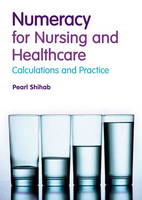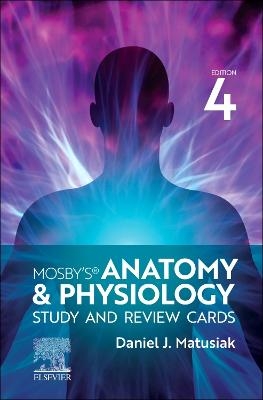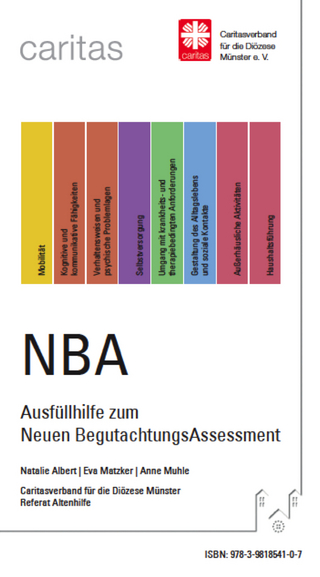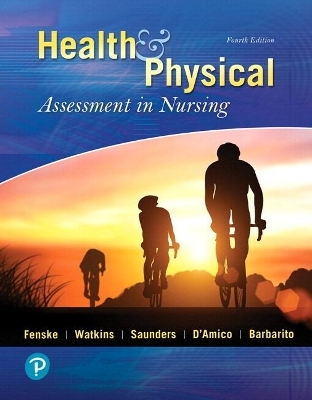
Numeracy in Nursing and Healthcare with MyMathLab Global
Pearson Education Limited
978-0-273-73982-1 (ISBN)
- Titel erscheint in neuer Auflage
- Artikel merken
Numeracy in Nursing and Healthcare with MyMathLab will help students to make drug calculations, calculate the body mass index (BMI) of a patient, read and interpret a blood result back from the lab, be able to interpret demographic data, and work out the nutritional intake for a patient and measure a patient's blood pressure, pulse, and temperature. This text includes a Student Access Code in the back of the book you should use to register and begin using MyMathLab. Review of MyMathLab: "Numeracy is an area of concern in all professional preparation whether in healthcare or not. MyMathlab would appear to offer a valuable resource that both academics and their students could make use of in support of their studies. I think the gradebook function in Mymathlab could be very helpful in identifying numeracy issues that not only individuals but groups of students may be struggling with and aid the directing of lecturer and student efforts where the learning is most needed.
MyMathlab could also be a very powerful resource in setting challenges and supporting the provision of rapid feedback on progression learning (or performance) which students find very helpful in supporting their learning." - Charlie McGory, Deputy Head of School of Nursing, Midwifery and Healthcare, Thames Valley University Reviews of the textbook: 'Clear, concise and relevant information given in a very user friendly way, well contextualised to nursing and this will make the concepts "real" to students.' - Maggie Davidson, University of Hertfordshire 'It is much more than a numeracy book, great examples of theory in practice.' - James Richardson, Curriculum Support Manager, Directorate of Nursing, University of Liverpool "Shihab draws on her 25 years of teaching experience to provide a text devoted specifically to competency in the often-dreaded area of maths for student nurses." - THES, Feb 2010 "Very useful tool to assist students with numeracy skills" - Paul McCreary, NHS Foundation Trust About the author Pearl Shihab has wide experience of nursing and midwifery in both hospital and community settings.
She has spent the last eleven years teaching biosciences on healthcare programmes and supporting students lacking in maths skills. GET MORE OUT OF YOUR TEXTBOOK WITH MYMATHLAB MyMathLab puts you in control of your own learning by providing a personalised, self-paced experience and instant support and tutoring. Since 2001, MyMathLab has helped over 5 million students succeed at maths at more than 1,850 colleges and universities Worldwide. For Lecturers Lecturers can easily customise the MyMathLab for Shihab, Numeracy in Nursing and Healthcare to suit their specific course and student needs. * A powerful gradebook enables the lecturer to review student progress individually and against specific areas of study so that topics on which students struggle become instantly apparent.* Simple assessment building tools enable the lecturer to produce self-marking, multi-facetted question tests in minutes, not the weeks these would normally take to write, distribute and mark.
Chapters Chapter 1 Basic Arithmetic Skills The things you don't want to ask about but need to know. Addition, subtraction, multiplication and division from the beginning to give you confidence for tackling the chapters involving drug calculations. Chapter 2 Decimals and Other Fractions How to deal with the bits and pieces. Using the skills from chapter 1 to calculate vulgar and decimal fractions in preparation for calculating small drug doses. Chapter 3 SI Units How's your French? You only need one phrase Systeme International d'Unites'. Learn about units that are used to record patients' height, weight, temperature and fluid balance as well as measurements used for drug therapy. Chapter 4 Drug calculations Pills, potions and pinpricks. Calculating all types of drug treatments tablets, medicines and injections Chapter 5 Drug concentrations The jokers in the pack. Calculating drugs that are not measured in SI units. Chapter 6 Per cent, percentage and ratios Hundreds and thousands and much more. Find out how much 20% off really means and learn to calculate the amount of drug is in a percentage solution. Chapter 7 Intravenous fluid and drug administration Drips, drops and devices Intravenous fluids need to be given over a prescribed period of time. This chapter shows you how to do the calculations using different types of fluid administration devices. Chapter 8 Common Clinical Measurements Charting, charting and more charting. Taking and recording patients' vital signs forms an important part in monitoring their progress to recovery. This chapter shows you how to record this information accurately. Chapter 9 Physiological Measurements Blood, but no sweat and tears. Get to know what is normal and recognise the abnormal. Monitor patients' nutritional status and be aware of the energy value of food. Chapter 10 Statistics and reading research articles No ostriches here please. A gentle introduction to some of the terms used in journal articles and knowing what to look for when reading articles in preparation for assignments and completing portfolios. Appendices I Roman numerals and their Arabic equivalent II Multiples and divisions of SI units III Important elements in the body. Isotopes and Avogadro's constant. IV Physiological reference values for adults V Abbreviations used in prescribing VI An example of a medicine chart VII Peak flow measurements VIII Body Mass Index and Malnutrition Universal Screening Tool (MUST) IX Nomogram for calculating body surface area X Weight conversion chart XI Summary of methods for drug calculations
| Erscheint lt. Verlag | 1.9.2010 |
|---|---|
| Verlagsort | Harlow |
| Sprache | englisch |
| Maße | 173 x 238 mm |
| Gewicht | 442 g |
| Themenwelt | Medizin / Pharmazie ► Pflege |
| ISBN-10 | 0-273-73982-4 / 0273739824 |
| ISBN-13 | 978-0-273-73982-1 / 9780273739821 |
| Zustand | Neuware |
| Haben Sie eine Frage zum Produkt? |
aus dem Bereich



